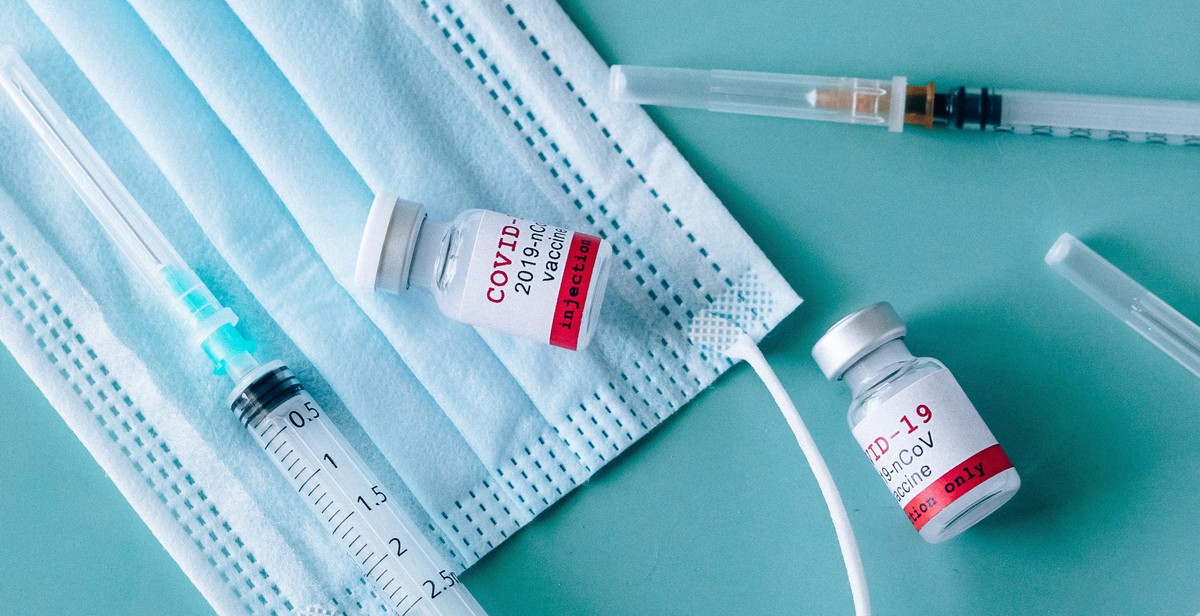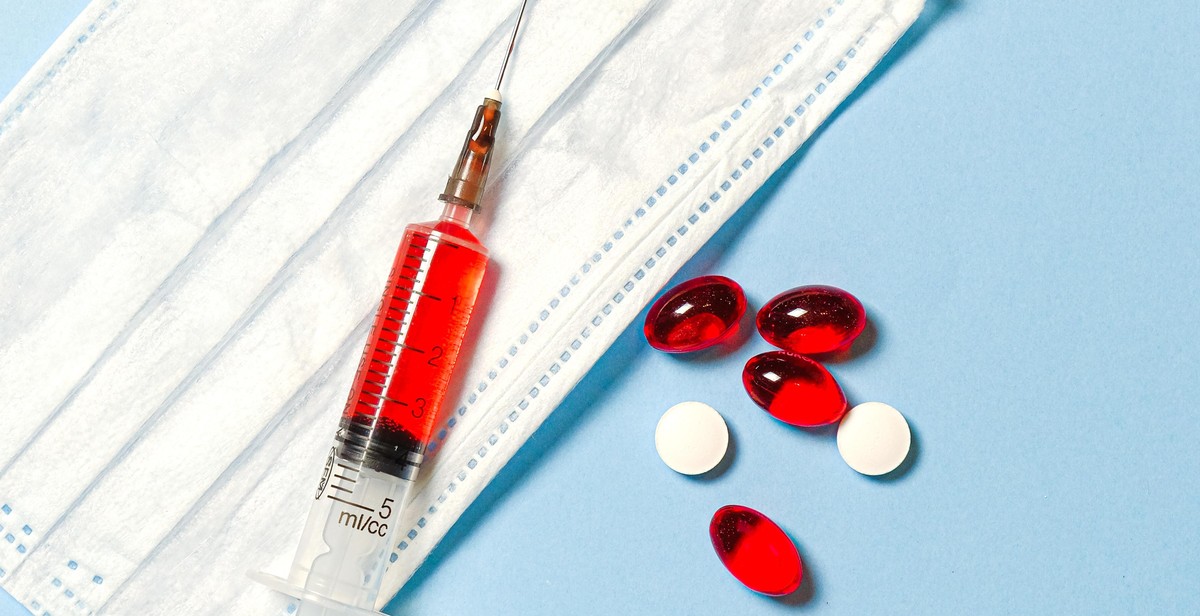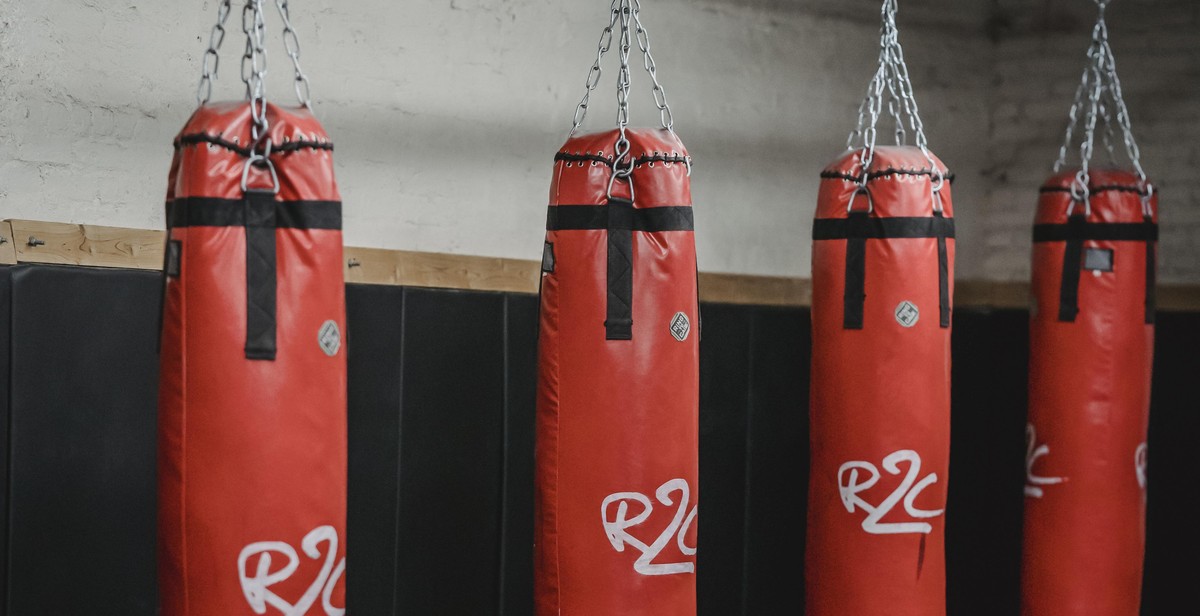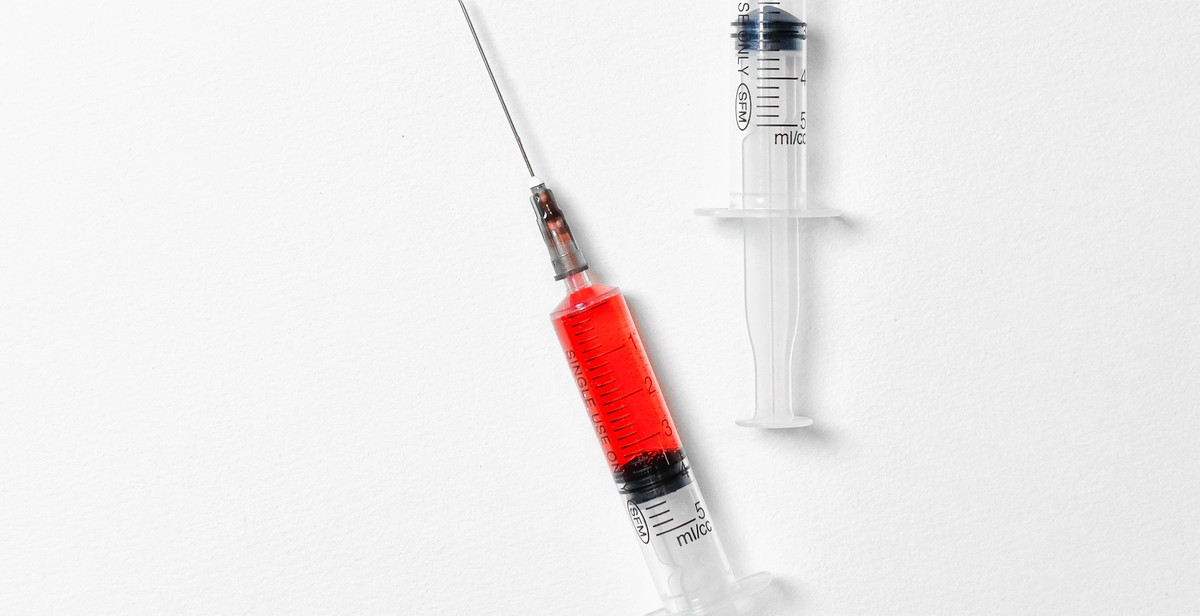Introduction
As a healthcare professional, I cannot overemphasize the importance of proper vaccine storage and handling. Vaccines are delicate biological products that require specific storage conditions to maintain their potency and effectiveness. Failure to maintain proper storage and handling conditions can result in reduced efficacy, wastage, and even harm to patients.
Why Proper Vaccine Storage and Handling is Crucial
Vaccines are sensitive to temperature, light, and humidity. Exposure to extreme temperatures, light, or moisture can cause the vaccine to deteriorate, lose its potency, or become contaminated. Improper handling during transportation, storage, and administration can also affect the vaccine’s effectiveness and safety.
Proper vaccine storage and handling is essential for maintaining vaccine efficacy and safety. The Centers for Disease Control and Prevention (CDC) recommends strict guidelines for vaccine storage and handling, which includes monitoring and recording vaccine temperatures, using appropriate storage equipment, and following proper handling procedures during transportation, storage, and administration.
- Improper vaccine storage and handling can lead to:
- Reduced vaccine efficacy
- Wastage of expensive vaccines
- Potential harm to patients
As a healthcare professional, it is our responsibility to ensure that vaccines are stored and handled properly to maintain their potency and effectiveness. In this article, we will discuss the guidelines for proper vaccine storage and handling in a medical facility.

Recommended Temperature Range for Vaccine Storage
Vaccines are temperature-sensitive biological products that require proper storage and handling to maintain their efficacy and safety. According to the Centers for Disease Control and Prevention (CDC), vaccines must be stored at a temperature range of 2°C to 8°C (36°F to 46°F). This temperature range is known as the “cold chain” and is critical for preserving the vaccine’s potency and preventing the growth of harmful bacteria.
How to Monitor Vaccine Storage Temperature
It is important to monitor the temperature of vaccine storage units regularly to ensure that they are within the recommended range. Temperature monitoring devices such as digital data loggers or thermometers with a calibrated probe should be used to measure the temperature accurately. These devices should be placed in the warmest and coldest parts of the storage unit to ensure that the temperature is consistent throughout.
- Temperature checks should be performed twice a day, once in the morning and once in the afternoon.
- Record the temperature readings in a logbook or electronic system and keep them for at least three years.
- If the temperature falls outside the recommended range, take immediate action to address the issue.
What to Do if Vaccine Storage Temperature is Compromised
If the temperature of the vaccine storage unit falls outside the recommended range, the vaccines may become less effective or even completely unusable. If this happens, follow these steps:
- Remove the affected vaccines from the storage unit and separate them from the unaffected vaccines.
- Check to see if the vaccines are still within their expiration date. If they are expired, discard them immediately.
- If the vaccines are still within their expiration date, contact the vaccine manufacturer or distributor for guidance on what to do next.
- Document the incident in the temperature monitoring logbook or electronic system and take steps to prevent it from happening again in the future.
| Temperature Range | Recommended Storage Time |
|---|---|
| 2°C to 8°C (36°F to 46°F) | Most vaccines can be stored for up to 6 months at this temperature range. |
| -15°C to -50°C (5°F to -58°F) | This temperature range is recommended for storing certain vaccines such as varicella and zoster. |

Vaccine Storage Equipment
Proper vaccine storage equipment is essential to ensure the efficacy and safety of vaccines. The following are some commonly used equipment for vaccine storage:
Refrigerators
Refrigerators are the most common type of vaccine storage equipment used in medical facilities. They are designed to maintain a temperature range of 2°C to 8°C (35°F to 46°F), which is the recommended temperature range for most vaccines.
It is important to note that not all refrigerators are suitable for vaccine storage. Only refrigerators that are specifically designed for medical use and have been approved by regulatory bodies such as the CDC and WHO should be used for vaccine storage.
Freezers
Freezers are also used for vaccine storage, particularly for vaccines that require ultra-low temperatures. These include vaccines for diseases such as chickenpox, measles, mumps, rubella, and shingles.
Like refrigerators, only freezers that are designed for medical use and approved by regulatory bodies should be used for vaccine storage. The temperature range for freezers used for vaccine storage should be between -50°C to -15°C (-58°F to 5°F).
Temperature Monitoring Devices
Temperature monitoring devices are crucial for vaccine storage. They ensure that the temperature of the storage equipment remains within the recommended range and alerts staff if the temperature deviates from the range.
There are various types of temperature monitoring devices, including digital data loggers, thermometers, and temperature alarms. These devices should be placed in the vaccine storage equipment and monitored regularly to ensure that vaccines are stored at the correct temperature.
| Equipment Type | Temperature Range |
|---|---|
| Refrigerators | 2°C to 8°C (35°F to 46°F) |
| Freezers | -50°C to -15°C (-58°F to 5°F) |
Using the correct vaccine storage equipment and temperature monitoring devices is essential for maintaining the efficacy and safety of vaccines. It is important to follow the manufacturer’s instructions and regulatory guidelines when selecting and using vaccine storage equipment.

Vaccine Storage Practices
Proper storage and handling of vaccines are essential to ensure their efficacy and safety. Here are some best practices for vaccine storage in a medical facility:
Proper Vaccine Placement
When storing vaccines, it is important to keep them in a dedicated vaccine refrigerator. This refrigerator should be placed in a cool, dry, and well-ventilated room, away from direct sunlight, windows, and doors. The ideal temperature for vaccine storage is between 2°C and 8°C (36°F and 46°F).
It is also important to organize vaccines by their storage requirements. Some vaccines require storage in the freezer or at -20°C (-4°F), while others may need to be kept at room temperature. Therefore, it is essential to store vaccines according to their specific storage requirements to ensure their efficacy.
Vaccine Packaging
Vaccine packaging plays a crucial role in maintaining the efficacy and safety of vaccines. It is important to use only the recommended packaging materials when storing vaccines. The packaging should be sturdy, leak-proof, and insulated to protect the vaccines from exposure to light, moisture, and fluctuations in temperature.
Additionally, vaccines should be stored in their original packaging until they are ready to be administered. This helps to prevent mix-ups and ensures that the vaccines are properly labeled with their expiration dates and lot numbers.
Vaccine Inventory Management
Proper vaccine inventory management is essential to ensure that vaccines are stored and used in a timely manner. A vaccine inventory log should be maintained to track the receipt, storage, and administration of vaccines. The log should include information such as the vaccine type, lot number, expiration date, and storage location.
Regular monitoring of vaccine inventory is also important to detect any discrepancies or issues with storage. This can be done by conducting routine temperature checks and visual inspections of the vaccines.
| Best Practices for Vaccine Storage |
|---|
| Store vaccines in a dedicated vaccine refrigerator |
| Organize vaccines by their storage requirements |
| Use recommended packaging materials |
| Store vaccines in their original packaging |
| Maintain a vaccine inventory log |
| Conduct routine temperature checks and visual inspections |
By following these best practices for vaccine storage, medical facilities can ensure that vaccines are stored and handled properly, maintaining their efficacy and safety for use in patient care.

Proper Vaccine Handling Techniques
Proper vaccine handling techniques are essential to ensure the effectiveness of vaccines and to prevent any adverse reactions. Here are some essential guidelines to follow:
- Store vaccines at the recommended temperature and in the right conditions.
- Always check the expiration date and discard any expired vaccines.
- Handle vaccines gently to avoid shaking, freezing or exposure to light.
- Use sterile equipment for administering vaccines.
- Keep accurate records of vaccine inventory, including lot numbers and expiration dates.
- Train staff on proper vaccine handling techniques and ensure they follow them consistently.
Vaccine Transport Guidelines
Vaccines may need to be transported from one facility to another. Here are some vaccine transport guidelines:
- Use refrigerated transport vehicles to maintain the recommended temperature range.
- Use insulated containers with a temperature monitoring device to transport vaccines.
- Ensure vaccines are packed securely to prevent any damage during transportation.
- Transport vaccines as quickly as possible to minimize exposure to unfavorable temperatures.
Vaccine Disposal Procedures
Proper vaccine disposal procedures are essential to prevent the spread of infections and to protect the environment. Follow these guidelines for vaccine disposal:
- Dispose of expired, damaged, or unused vaccines according to local regulations.
- Use a sharps container for disposal of needles and syringes.
- Dispose of vaccines in a secure and safe manner to prevent unauthorized access.
- Keep accurate records of vaccine disposal.
| Proper Vaccine Handling Techniques | Vaccine Transport Guidelines | Vaccine Disposal Procedures |
|---|---|---|
| Store vaccines at the recommended temperature and in the right conditions. Always check the expiration date and discard any expired vaccines. Handle vaccines gently to avoid shaking, freezing or exposure to light. Use sterile equipment for administering vaccines. Keep accurate records of vaccine inventory, including lot numbers and expiration dates. Train staff on proper vaccine handling techniques and ensure they follow them consistently. |
Use refrigerated transport vehicles to maintain the recommended temperature range. Use insulated containers with a temperature monitoring device to transport vaccines. Ensure vaccines are packed securely to prevent any damage during transportation. Transport vaccines as quickly as possible to minimize exposure to unfavorable temperatures. |
Dispose of expired, damaged, or unused vaccines according to local regulations. Use a sharps container for disposal of needles and syringes. Dispose of vaccines in a secure and safe manner to prevent unauthorized access. Keep accurate records of vaccine disposal. |

Conclusion
Proper vaccine storage and handling is crucial for maintaining the efficacy and safety of vaccines. As a healthcare professional, it is our responsibility to ensure that vaccines are stored at the correct temperature, protected from light, and handled with care.
Why is proper vaccine storage important?
Improper storage and handling of vaccines can lead to reduced potency, decreased effectiveness, and even contamination. This can result in vaccine-preventable diseases and outbreaks, which can have serious consequences on public health and safety.
What are the guidelines for proper vaccine storage and handling?
The Centers for Disease Control and Prevention (CDC) has established guidelines for proper vaccine storage and handling, which include:
- Storing vaccines at the recommended temperature range
- Protecting vaccines from light
- Ensuring proper handling and transport of vaccines
- Monitoring vaccine storage and temperature regularly
- Properly disposing of expired or damaged vaccines
How can healthcare professionals ensure proper vaccine storage and handling?
Healthcare professionals can ensure proper vaccine storage and handling by following the CDC guidelines, properly training staff on vaccine storage and handling procedures, and regularly monitoring vaccine storage and temperature. It is also important to have a plan in place for vaccine emergencies, such as power outages or equipment failures.
| Proper vaccine storage and handling can: | Improper vaccine storage and handling can: |
|---|---|
| Prevent vaccine-preventable diseases | Lead to reduced potency |
| Protect public health and safety | Decrease vaccine effectiveness |
| Ensure vaccine efficacy | Result in vaccine contamination |
By following proper vaccine storage and handling guidelines, healthcare professionals can ensure the efficacy and safety of vaccines, and ultimately protect public health and safety.
